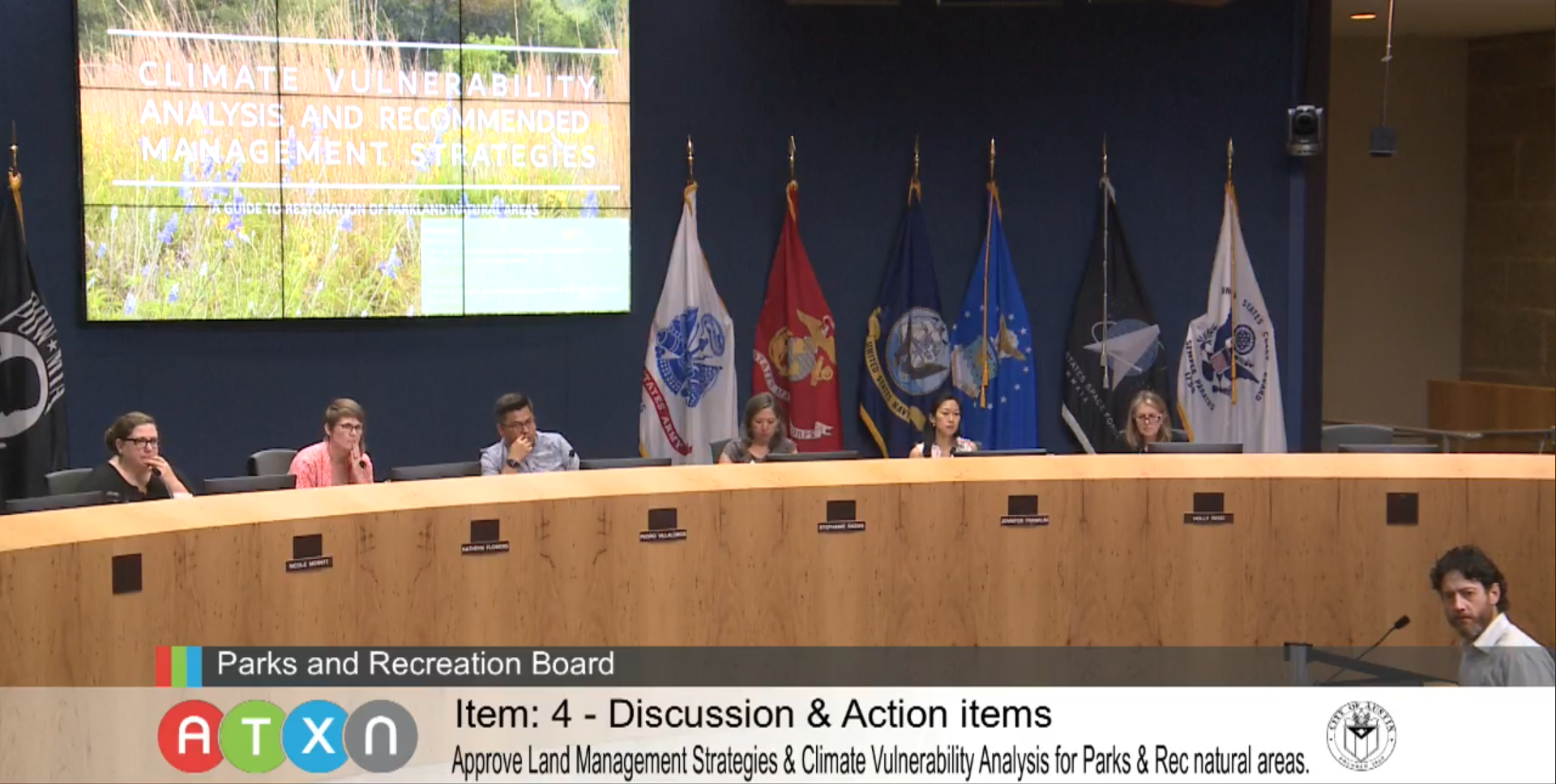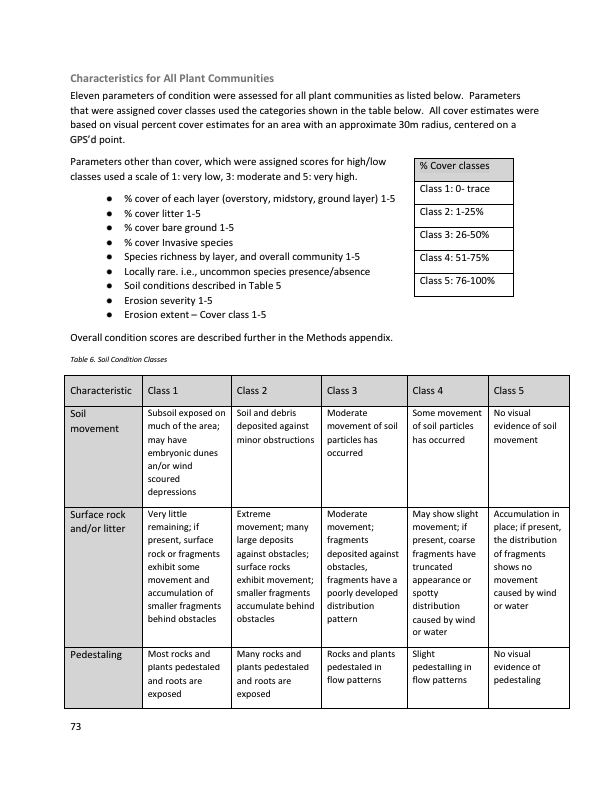- Projects /
- Land Management /
- City of Austin Climate Vulnerability Analysis
City of Austin Climate Vulnerability Analysis

Blackland Collaborative led a multidisciplinary team developing recommended management strategies and vulnerability analysis for Austin Parks and Recreation natural areas that will guide future ecological restoration and management. This intensive document serves as a path forward for managing non-programmed parkland with a focus on fuel reduction and the reestablishment of native biodiverse plant communities.
Community surveys indicate that Austin residents have a strong desire to conserve natural spaces for passive, unprogrammed, recreation and conservation value. Many parks vision plans specify conservation of large natural areas. Without active management, however, ecosystem health is degraded, which makes natural areas increasingly vulnerable to negative outcomes such as canopy mortality and wildfire. The 2019 City of Austin Wildfire Preparedness Audit highlighted PARD’s limited capacity to manage natural areas and recommended the creation and implementation of land management plans for high-risk areas. The purpose of this document is to guide the Austin Parks and Recreation Department in restoring and managing natural areas to mitigate risk, improve resilience, and provide ecosystem services to Austin residents in perpetuity.
The guiding document will be used to inform management goals and priorities, work plans, monitoring and adaptive management, community driven vision plans and use policies. Park system natural areas provide recreational value as well as a suite of other vital services such as climate mitigation, endangered species habitat protection and mitigation, stormwater conveyance and moderation of flooding, air cleansing, groundwater recharge, and provision of drinking water. The function of these natural systems, however, is threatened by such drivers as climate change, wildfire, loss of biodiversity, and intense recreational use.
Work included site analysis collecting and analyzing information about the relevant biotic and abiotic characteristics of each park’s natural areas. Identified plant communities that expected to be the most resilient in the coming decades, describd land management and ecological restoration strategies that may be effective and appropriate for achieving management goals, and climate vulnerability analysis to identify and map physical components of natural areas where natural resources and ecosystem services may be most vulnerable to climate-driven disturbances such as heat, drought and wildfire.








